May 31, 2025 | 21:26 GMT +7
May 31, 2025 | 21:26 GMT +7
Hotline: 0913.378.918
May 31, 2025 | 21:26 GMT +7
Hotline: 0913.378.918

Covid-19 pandemic ha greatly affected the super-laying chicken farm of Mr. Nguyen Van Phuc's household (Truc Ninh district). Photo: An Lang.
In recent years, pig breeding facilities in Nam Dinh province have been facing constant difficulties, some people even lost their entire business due to pigs. Many pig farms could not weather the storm, so they were forced to close down; some renovate cages, switch to other livestock because of prices, diseases.
Recently, farmers have not had time to stabilize but the impact of the Covid-19 pandemic has made them even more miserable.
Mr. Nguyen Van Trinh (Nghia Son commune, Nghia Hung district) said that the price of animal feed is increasing rapidly, much higher compared to the beginning of this year. Each bag of 25 kg rice bran has a price ranging from VND 350,000 to 370,000, depending on the type.
With the current high price of rice bran, Mr. Trinh calculates that each day the household's pig farm spends over VND 50 million for animal feed. With the cost of animal feed this high, his family is extremely worried.
Moreover, the price of live pigs in the province has continuously decreased, currently only in the range of VND 55,000 - 57,000 per kg. If in the near future, the price of animal feed does not decrease and the price of live pigs does not increase, the farmers will certainly not be able to make profits.
Through his carefully recorded note, Mr. Trinh calculated that: “On average, when a pig reaches 100 kg, it will cost about 3-3.5 million VND for feed. If the price of live pig does not increase and remains at the same level as above, when sold, one pig will yield 5.7 million VND; minus the breed cost (VND 2.7 million per pig), feed, medicine, labor, electricity, etc. will definitely result in heavy loss”.
With a scale of nearly 20,000 super-laying Egyptian chickens, each day Mr. Nguyen Van Phuc's farm (Truc Hung commune, Truc Ninh district) consumes about 10 tons of rice bran. He said that the high price of animal feed has significantly affected the household's production of super-laying chickens.
Currently, his family is in a tight spot when the Covid-19 pandemic is still complicated. Many restaurants and hotels inside and outside the province are temporarily closed, so the price of chicken eggs decreases, currently at only about VND 2,000 per egg.
“The current state of livestock production is facing many difficulties. Not only my family, but many other farms are dealing with the same situation. The raging Covid-19 broke the production chain…”, Mr. Phuc said sadly.
Mr. Nguyen Van Tung from Xuan Chau commune (Xuan Truong district, Nam Dinh) has been engaged in cage fish farming on the Red River for many years. Before the Covid-19 pandemic struck, each year his family supplied hundreds of tons of commercial fish to the market (catfishes, crispy carp), earning nearly VND 1 billion after costs.
However, this 4th wave of Covid-19 has turned his family life upside down. About 200 tons of commercial fish (mainly catfishes) are available for sale but with no output, they are backlogged in cages.
Mr. Tung gloomily said: “Although the price of salmon has dropped sharply, it is now only VND 50,000 per kg, but there are still no traders coming to buy it. Meanwhile, food prices are high, and my family has to face many difficulties. To try to cope with the backlog of fish, I was forced to cut down on food sources.”
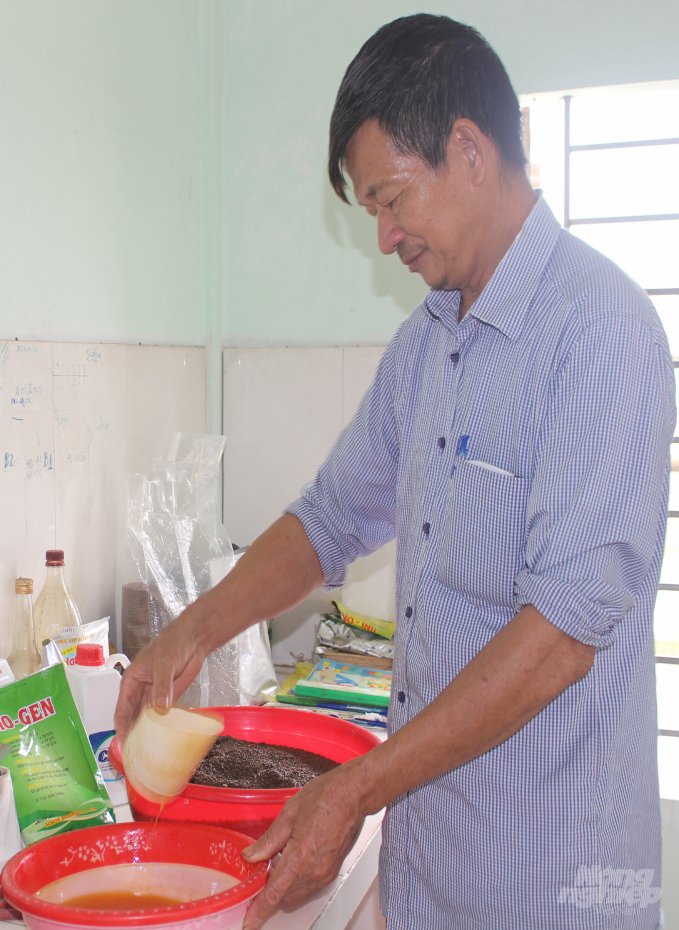
Mr. Hoang Van Minh's household (Nghia Hung district) reduces the scale of production and feeds shrimp rice bran conservatively. Photo by: An Lang.
In the same situation, Mr. Hoang Van Minh (Rang Dong town, Nghia Hung district) is also struggling with the problem with no output for his commercial shrimp pond.
In a review with the reporter, Mr. Minh talked about the current situation of shrimp farming. He explained, if he can sell shrimp, then aquaculture farmers like him will have income.
Every year, his household's farm regularly maintains 14 ponds of white leg shrimp. However, since the beginning of the year, due to the impact of the Covid-19 pandemic, his household had to reduce the farming scale to two ponds. The reason is slow consumption and a decrease in the selling price.
According to Mr. Minh, every year 1 kg of 50 shrimps was sold for VND 200,000-250,000, currently, the price is reduced to only VND 150,000; 1 kg of 100 shrimps was sold for VND 120,000, now reduced to VND 70,000.
“Shrimp not sold in season can easily get sick and die. Currently, in order to maintain the production in two ponds, I have to feed shrimp conservatively; reduce the operation of machinery such as aerators, oxygen generators, etc. to save electricity," said Mr. Minh.
/2025/05/30/5010-5-173638_943.jpg)
(VAN) On May 29, at the GO! My Tho Trading Center, the Tien Giang Department of Industry and Trade, in collaboration with Central Retail Corporation, held the opening ceremony of the 3rd Fruit Festival 2025.

(VAN) Reciprocal tariffs are exerting pressure on U.S. exports, prompting Vietnamese firms to shift their focus to Muslim markets, Thailand, and Brazil.
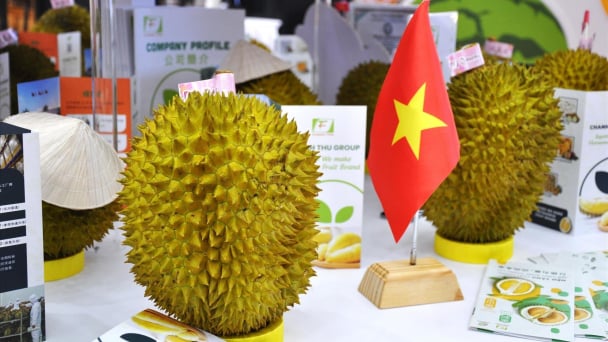
(VAN) A free booth for two years at Xinfadi, Beijing's largest wholesale market, will be allocated to Vietnam's agricultural products.
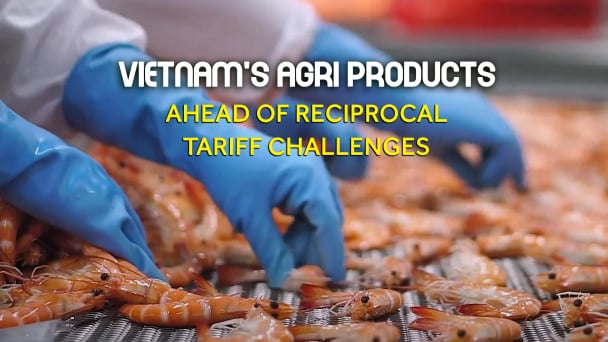
(VAN) Vietnamese shrimp exporters are actively looking for alternative markets and accelerating shipments to the United States in response to the pressure of impending reciprocal tariffs. This is occurring during a temporary tariff suspension.
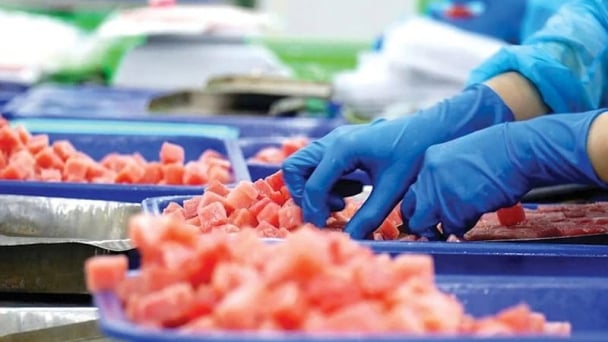
(VAN) The import-export turnover between Vietnam and Singapore rose amid a trade rebound, with machinery, electrical equipment, and fuels making up the majority of the transaction value.

(VAN) Director General of the General Administration of Customs of China, Ms. Sun Mai Jun, has pledged to implement measures that will ease the import process for Vietnamese agricultural products.
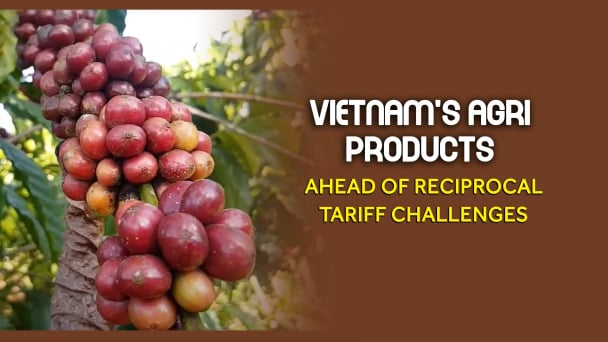
(VAN) Although Vietnam is still increasing its coffee exports, the industry is currently in the process of determining market strategies in response to the U.S. imposition of reciprocal tariffs.